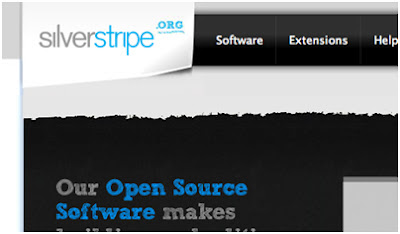First edition of Nat Geo magazine to have India’s most-haunted places If you are an ardent traveller and wish to do paranormal investigations on your own, here’s a guide. India’s most haunted places will feature in the first edition of National Geographic Traveller (NGT) India.
NGT India is the Indian edition of National Geographic Traveller (USA), the travel magazine of the National Geographic Society. It is being brought out by Amar Chitra Katha (ACK) Media through its tie-up with National Geographic Society. The inaugural edition will hit the stands next week.
Priced at Rs 120, the Indian edition of the travel magazine will feature a series of unusual Indian and
global destinations.
NGT India is the Indian edition of National Geographic Traveller (USA), the travel magazine of the National Geographic Society. “Around 85 per cent of the content will be for Indian travellers, specifically catering to the family travellers in India,” said Mr Manas Mohan, Publisher, National Geographic Traveller India and Chief Operating Officer, ACK Media. Around 60,000 copies will be out in the first month and the publishers are hopeful of tapping the emerging market on the back of a buoyant growth in the travel segment in India. “We are seriously activating the trade and in the next few days we will be meeting more than 1,000 vendors across different cities in India,” he added.
NGT India aims to be inclusive and is all about travel experiences, family travel and unusual elements in travel, as well as new ways of covering older destinations and eco-tourism insights.
Without revealing much about the content of the first edition of NGT India, Mr Mohan said that there will be plenty of “unusual and unexplored” travel destinations that will be featured. Amar Chitra Katha acquired India Book House Pvt. Ltd (IBH), one of the oldest and largest distribution networks
for books and published material, last year. IBH has been distributing Nat Geotitles in India for the last three years. It has a distribution network of more than 15,000 vendors and stores across India and for NGT India, it will tie-up with around 800 vendors, retail outlets and stores. ACK also has plans to bring the merchandised products of National Geographic Society to India like travel kits. “We also have aggressive plans for e-commerce. In fact, 80 per cent of our subscribers are from this segment,” Mr Mohan said.
Source
| Business Line | 29 July 2012
NGT India is the Indian edition of National Geographic Traveller (USA), the travel magazine of the National Geographic Society. It is being brought out by Amar Chitra Katha (ACK) Media through its tie-up with National Geographic Society. The inaugural edition will hit the stands next week.
Priced at Rs 120, the Indian edition of the travel magazine will feature a series of unusual Indian and
global destinations.
NGT India is the Indian edition of National Geographic Traveller (USA), the travel magazine of the National Geographic Society. “Around 85 per cent of the content will be for Indian travellers, specifically catering to the family travellers in India,” said Mr Manas Mohan, Publisher, National Geographic Traveller India and Chief Operating Officer, ACK Media. Around 60,000 copies will be out in the first month and the publishers are hopeful of tapping the emerging market on the back of a buoyant growth in the travel segment in India. “We are seriously activating the trade and in the next few days we will be meeting more than 1,000 vendors across different cities in India,” he added.
NGT India aims to be inclusive and is all about travel experiences, family travel and unusual elements in travel, as well as new ways of covering older destinations and eco-tourism insights.
Without revealing much about the content of the first edition of NGT India, Mr Mohan said that there will be plenty of “unusual and unexplored” travel destinations that will be featured. Amar Chitra Katha acquired India Book House Pvt. Ltd (IBH), one of the oldest and largest distribution networks
for books and published material, last year. IBH has been distributing Nat Geotitles in India for the last three years. It has a distribution network of more than 15,000 vendors and stores across India and for NGT India, it will tie-up with around 800 vendors, retail outlets and stores. ACK also has plans to bring the merchandised products of National Geographic Society to India like travel kits. “We also have aggressive plans for e-commerce. In fact, 80 per cent of our subscribers are from this segment,” Mr Mohan said.
Source
| Business Line | 29 July 2012









